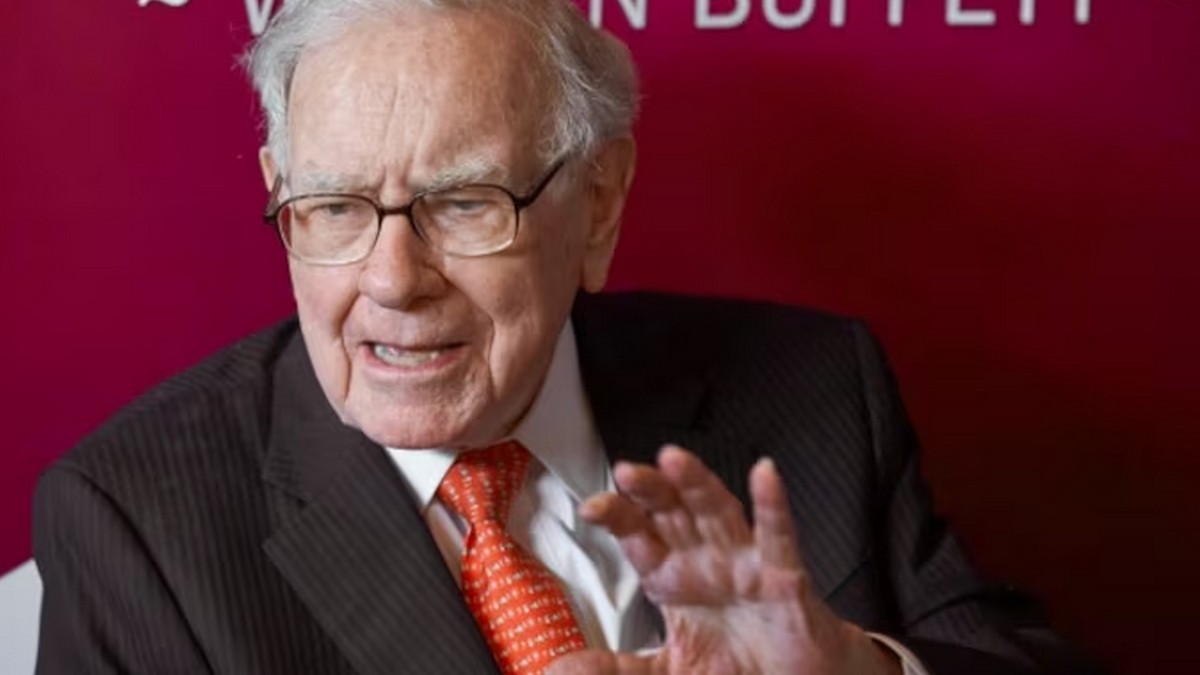By Uttara Choudhury
A toxic combination of concern about Europe’s debt crisis and data illustrating a slower US economy could have set up India nicely as a safe haven for global investors. But with the money-losing memories of the financial crisis still fresh in their minds, global fund managers are having a tough time embracing volatile India which has been hit by inflation and a slew of recent corruption scandals that have stymied decision-making.
Although India’s growth story remains intact, the negative headlines have nourished anxieties that weak governance will undermine India’s success in the short-term. During May-June, India’s stock market corrected amid a challenging macroeconomic environment and volatility in foreign investment outflows. The Bombay Stock Exchange 100 Index declined by -2.56% in rupee terms, as Foreign Institutional Investment (FII) outflows jumped to $ 1.48 billion, the highest monthly outflow year-to-date.
The Reserve Bank of India (RBI) will on Thursday deliver its decision on monetary policy with the stock market timorous. Investors are worried the central bank will have to be more aggressive than is healthy to contain spiking inflation, which hit 9.1% in May. Technical analysts say the Sensex is now below its 50 and 200-day moving averages which is technically bearish.
“In my opinion, India has more reason to be concerned (about inflation). Here, I suspect it is the price of capital that is stuck at a relatively high level. There is no way to lower that price by inflating the economy, as in the case of Japan, because banks already have to offer high rates on deposits to convince customers to stay,” observed Robert J Horrocks, chief investment officer and portfolio manager, at Matthews International Capital, which has several Asia-focused funds as a part of its global quest for yield.
Horrocks says inflation in India is of “a more worrying kind” that suggests an insufficiency of supply of basic goods for the population. “It is an insufficiency that probably must be alleviated by thorough economic reform to make capital more available to those who will use it most efficiently to remove these (infrastructure) bottlenecks. As such, it is not an issue that can be quickly solved by some action of the central bank.”
It is hard to quantify the exact fallout from corruption, but it is noticeable that the Indian market didn’t touch fresh cyclical highs in May, as was the case for many developed markets. Bank of America Merrill Lynch said that overall, global asset allocators were overweight on emerging markets in May at a plus 29% but were underweight on India at minus 47%. Russia, China and Indonesia are still among the most favoured global emerging markets while Brazil remains firmly on middle ground.
“Do the corruption scandals spook savvy investors? Probably not, but investors have a choice. It is no longer just India versus China. According to the IMF, seven of the 10 fastest-growing countries in the next five years will be African. Brazil to a large extent has tackled its corruption problem and fixed its poor governance emerging as a very quickly growing nation, so fund managers and investors have an option to reallocate some of the capital they had initially allocated to India,” Krishna K Gupta, general partner inMassachusetts-headquartered Romulus Capital, told Firstpost.
“You are going to need to see more firms in India committing white money inside the country to show they are still confident about the state of affairs in India. As long as that happens, you will see FII inflows. India is too large to ignore,” added Gupta.
During the 2007-2008 financial Armageddon, emerging markets, including India attracted what some call ‘refugee capital’: capital that seeks a safe haven in times of economic and political uncertainty. With the US stock markets tanking to 11,897.27 on Wednesday, some Asian markets are again looking like more attractive destinations, but India remains fraught with risk.
“Corruption scandals will hurt how India is perceived but it is a minor short-term setback. It is inherently understood that in early stage growth markets there is corruption and volatility. It has become the stuff of reality TV in India. It is getting full-blown media coverage unlike the case in fellow BRIC member Russia. It is good, but also detrimental as it can be a turn-off,” Eric Mass, in Kotak Mahindra in New York, told Firstpost.
Story continues on the next page
“From an American perspective, India is a very volatile market right now. Unless the global uncertainty shakes out, I think people are going to invest in more stable markets and conservative assets like US Treasury and corporate bonds. India is still attractive from the valuation viewpoint; the fundamentals are good, the demographics are excellent, but just now investors prefer safety over growth potential,” added Mass.
Richard C Kang, chief investment officer at New York-headquartered Emerging Global Advisors, told_Firstpost_ that investors are much more “discriminating” about how they will tap India’s growth opportunities.
“I don’t want to get into the corruption or volatility, but I know investors are going to be more discriminating about how they implement their decisions to get exposure to India. Most likely they will be using something like our funds to seek specific opportunities in infrastructure and small caps,” said Kang.
Emerging Global Advisors introduced two new India-themed exchange traded funds (ETFs) on the New York Stock Exchange last year. EG Shares Indxx India Small Cap ETF (SCIN) and EG Shares Indxx India Infrastructure Fund (INXX) offers US investors exposure to both small-cap companies, as well as infrastructure growth in India. Kang says Emerging Global Advisors plans to launch several new India-focused funds this year.
“Instead of just blanket hating or liking India, investors will look carefully at specific opportunities,” added Kang.
Arvind Panagariya, professor of economics at Columbia University and author of India: the Emerging Giant said investors risked ignoring an economy expected to grow 8 to 9% at their own peril. “Investors are looking for high returns and a low-growth economy that is nevertheless free from corruption cannot deliver the same growth.”
The economist said the Manmohan Singh government had to be pragmatic. “The Planning Commission decided that the existing Concession Agreement for highway construction that the NDA had successfully used to four-lane the Golden Quadrilateral was not ideal for avoiding corruption. So it put all new highway contacts on hold until it could produce a new Model Concession Agreement (MCA). But producing a new MCA took a few years and even then it ended up in the Supreme Court. In the meantime highway construction came to a standstill. In this case, the PC strategy of trying to combat corruption proved silly and impeded growth,” said Panagariya.
If the counter-factual we have in mind is a smooth-functioning system with no corruption, it will naturally deliver superior outcomes. “But does anyone believe we will get to that counter-factual soon? Well, I am still waiting for the US to get there. In India, we should cut corruption by imaginatively using technology (computerisation of air, bus and railway tickets), moving activities that the private sector can undertake out of the public sector (telecommunications, railways, buses) and effectively using the RTI Act. The appropriate question then is whether continued corruption will result in our growth collapsing? My answer is an unequivocal no. The corruption we see happened in the last three years and our growth during those years has been robust,” said Panagariya.
Watch the Karan Thapar debate on declining FDI in India and the need to attract more foreign capital:


)




)
)
)
)
)
)